So there has been a heap of comments where MNOs are tagged in Starlink articles with the notion that their days are numbered. This got me thinking that maybe there is a need to really go deep into what Starlink is and what problem it’s trying to solve. It seems like the internet messiah for Zimbabwe and really our ISPs are making it so easy for Starlink. Here is why.
Starlink’s market is not urban environments
Starlink is a satellite service just like VSAT. VSAT and any satellite service are an alternative to fixed internet solutions like Fiber, ADSL, and WiMAX or geo-locked LTE (WibroniX and Blaze). Such a service is primarily used in rural and remote areas where these other forms of fixed internet are not readily present.
Service providers will set up a fiber network in an area where they can get the best return on investment which is why you will only find it in built-up areas. So Starlink is not going to take Econet, NetOne, Telecel, or any MNO out of business because it is not a mobile internet service. It is a fixed internet service.
It’s not even going to make fixed internet service providers sweat in urban areas because the performance in terms of set-up costs, internet speed, latency, and resilience to adverse weather conditions is better on fiber than on a satellite internet service like Starlink. However, this is true in markets where the operating environment is normal.
In Africa, the average monthly subscription for Starlink’s residential packages is around US$45 which gets you up to 100Mbps download speeds for the standard package and 220Mbps on the priority access.
Starlink users typically experience download speeds between 25 and 220 Mbps, with a majority of users experiencing speeds over 100 Mbps. Upload speeds are typically between 5 and 20 Mbps. Latency ranges between 25 and 50ms on land, and 100+ms on open waters. These speeds make Starlink suitable for streaming, video calls, online gaming, and other typical household internet use.
Starlink
For about the same money in South Africa, you can get fiber with speeds of up to 250Mbps. So an individual with access to such a fiber connection for that price will not have the incentive to use Starlink. The reality though is a bit different. Most of Africa is not normal. Which then inherently makes Starlink a big deal.
Africa’s fixed service providers can’t keep up with the demand
The household penetration rate of fixed internet is projected to sit at 13% in Africa in 2023. In the same period, the share of the total population that is classified as urban is projected to be 44.9%. As such, fixed internet providers have a substantial backlog of service provision in urban areas. Africa’s rate of urbanization is too rapid for fixed ISPs to catch up.
Fewer than one-third of Africans have access to broadband connectivity. Of the 25 least-connected countries in the world, 21 are located in Africa.8 Three hundred million Africans live more than 50 kilometers from a fiber or cable broadband connection. At just 36 percent, Africa’s internet penetration compares poorly with the 62.5 percent global average.9
White & Case
Some really big strides have been made towards adding more capacity to the internet infrastructure in Africa. Meta (Facebook) backed 2Africa undersea cable landed in South Africa last year adding 180Tbps of capacity. Within Africa, Liquid Intelligent Solutions picked Nokia to add a 12Tbps fiber backbone link spanning 7 African countries, and in Zimbabwe, we have the 2000Km fiber backbone rail project that was being done by Broadband and Cloud Services Group (BCS) and Dark Fiber Africa and an 891Km fiber backbone expansion done by BCS and Dandemutande.
It’s a lot that has happened within the past 5 years in the avenue of core infrastructure investments which are essential in the preparation of network expansion. TelOne’s LTE is not as widespread as it could be because its core network is at capacity, an example of how it is essential to beef up core infrastructure before expanding coverage. That said, investment in connectivity in Africa is still behind by a big margin.
One of the main obstacles to bridging this divide remains inadequate investment.11 According to the World Bank, achieving universal, good-quality internet access across Africa will require investments of US$100 billion, 80 percent of which is needed for core infrastructure to establish and maintain broadband networks.12 This includes 250,000 new 4G base stations, at least 250,000 kilometers of fiber and migration to 5G, which, in turn, could dramatically increase the need for data centers.13
White & Case
This then gives Starlink a case, more so in Africa than anywhere else. Since it is a satellite service, it has near-global coverage which for Africa means immediate availability of connectivity no matter if you are in an urban, rural, or remote setting. There are individuals who can afford to pay for connectivity but the available service providers fall short of providing the service where such individuals are.
Zimbabwe’s environment is not normal. Perfect for Starlink
Zimbabwe is far from a normal environment when it comes to the state of connectivity. Downtime is very high, average speeds are far below what is quoted on the packages and the packages themselves are quite pricey. The fastest residential fiber package offered in Zimbabwe is 50Mbps starting at over US$100 per month.
Now if we look at fixed internet speeds, Zimbabwe is doing better than Botswana and Mozambique and is really close to Zambia. But these speed tests will only show you results based on successful speed tests. When we did a survey on Mobile Internet in Zimbabwe, close to 10% of the respondents failed to run a speed test due to network instability. Close to 10% of Zimbabweans are experiencing an unreliable mobile internet network. A majority of which are users who have no access to fixed internet services and are relying on this more expensive and less stable mobile broadband.
So the average Zimbabwean who has the capacity to afford fixed internet services is having to endure inconsistent and unreliable options because that is all that is available to them. Then enters Starlink promising more affordable fixed internet that is more consistent and reliable and crucially accessible everywhere. It’s an easy option for such individuals to consider because nothing else that is available locally is doing a competent enough job.
Where in a normal environment, anyone on fiber would not really care about Starlink, the poor quality, availability, and affordability of present fixed internet providers has pushed Zimbabweans and a number of Africans to be excited and to strongly consider using Starlink to replace their current VSAT and fixed internet provider.
Starlink is also not going to be everyone’s solution. On average the kit is US$600 before shipping and duty. Subscriptions are around US$45 per month. So definitely getting the kit is going to be a huge expense for a majority but for those who can afford the kit and are already affording to pay for unlimited internet right now, Starlink has an excellent value proposition.
So mobile internet providers (MNOs) are still very safe from Starlink. They will not lose sleep over it in the short to medium term but long term they do need to have a 5G NTN plan which will be relying heavily on satellite networks similar to the one set up by Starlink.
VSAT providers are in the biggest trouble with Starlink because it is the same technology but a lot cheaper with a lot better performance. Our beloved fixed internet providers are next on Starlink’s crosshairs. If they don’t act quickly on improving their network performance, pricing, and network coverage, Starlink will most certainly walk away with their lunch money.
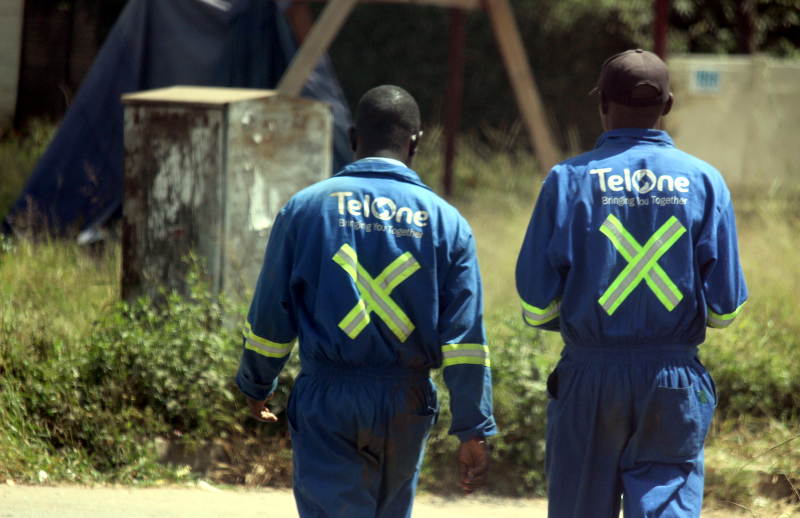

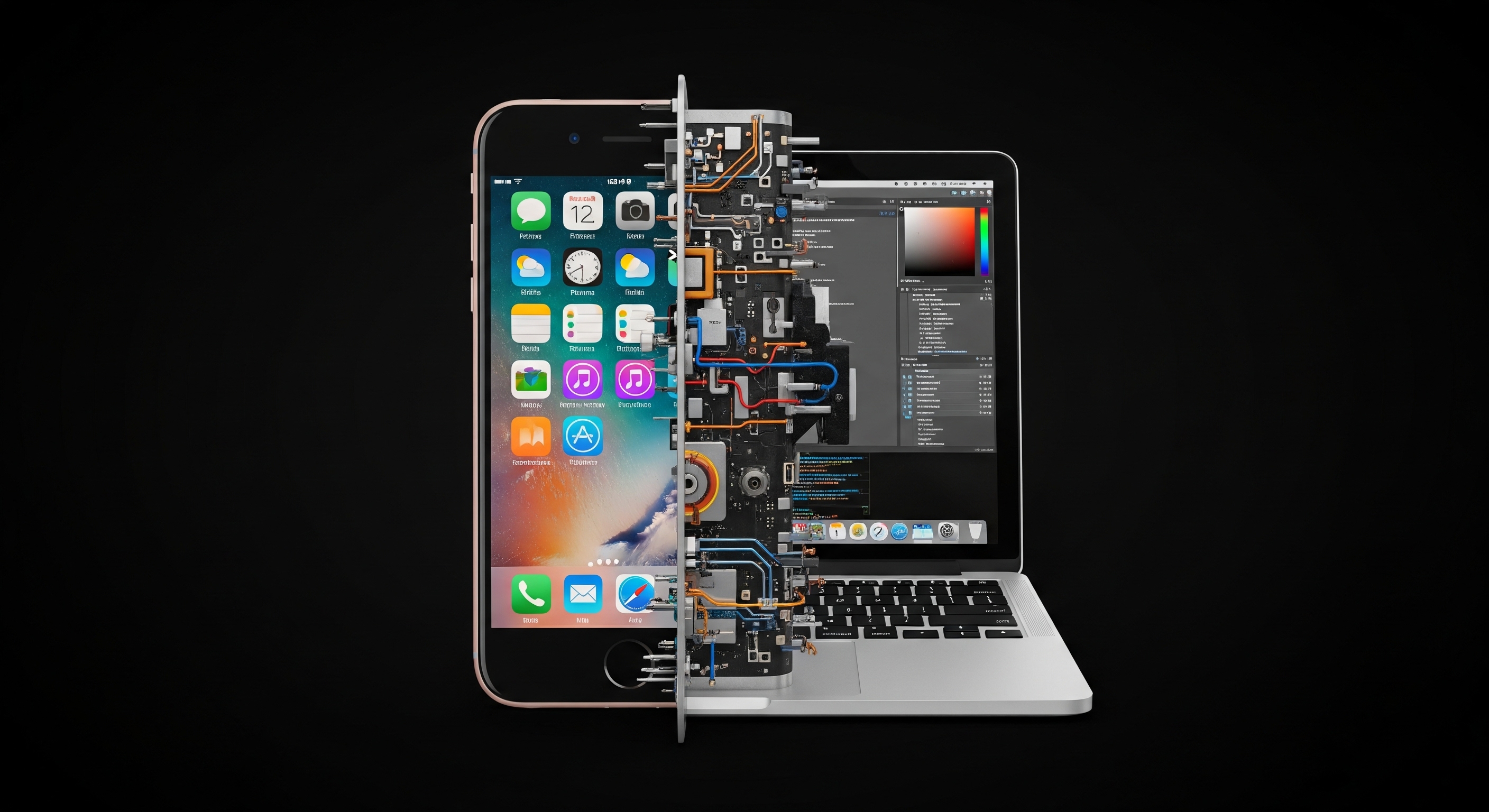

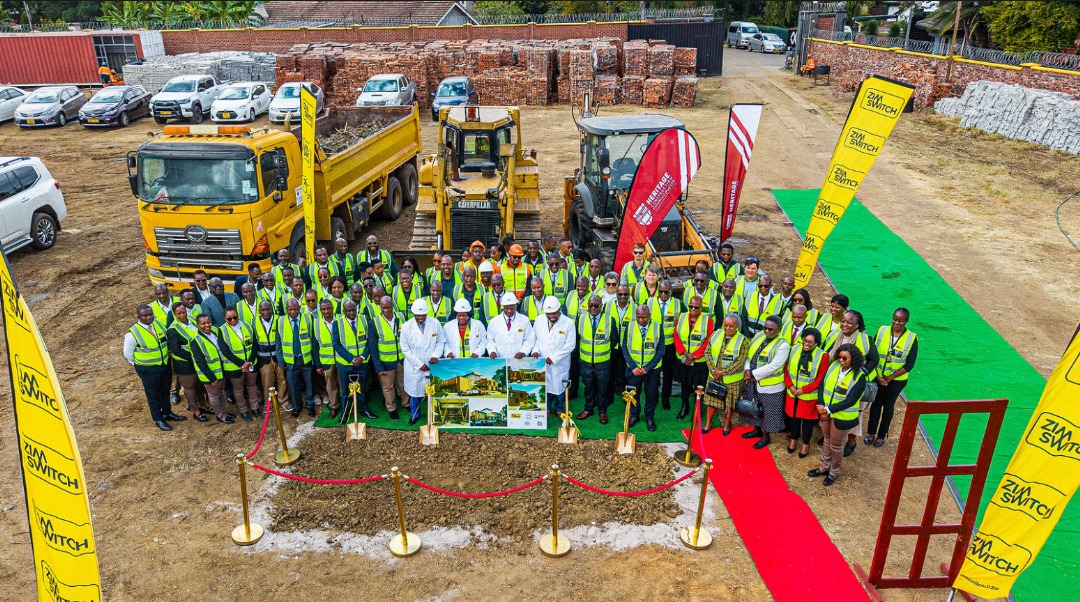

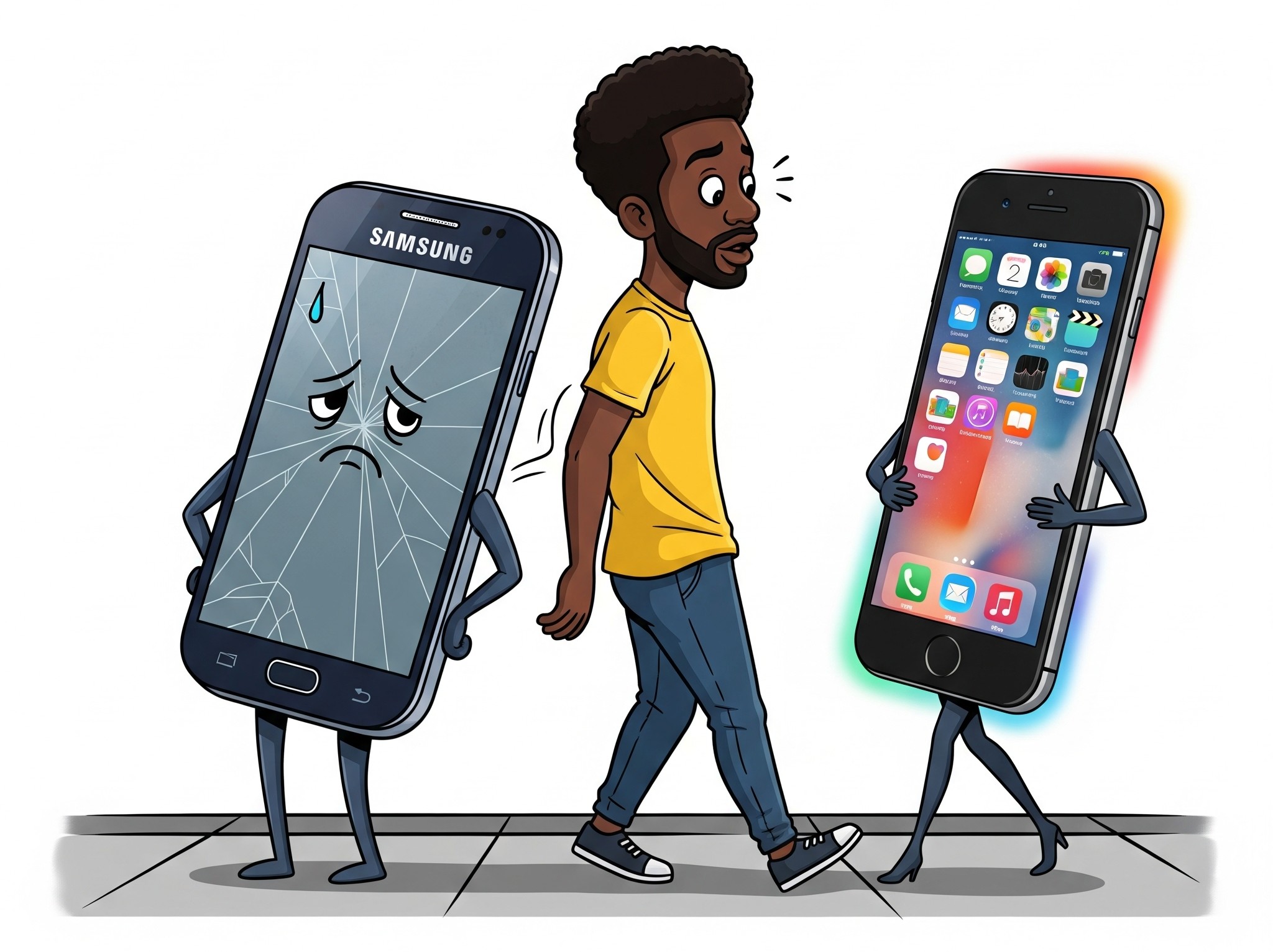
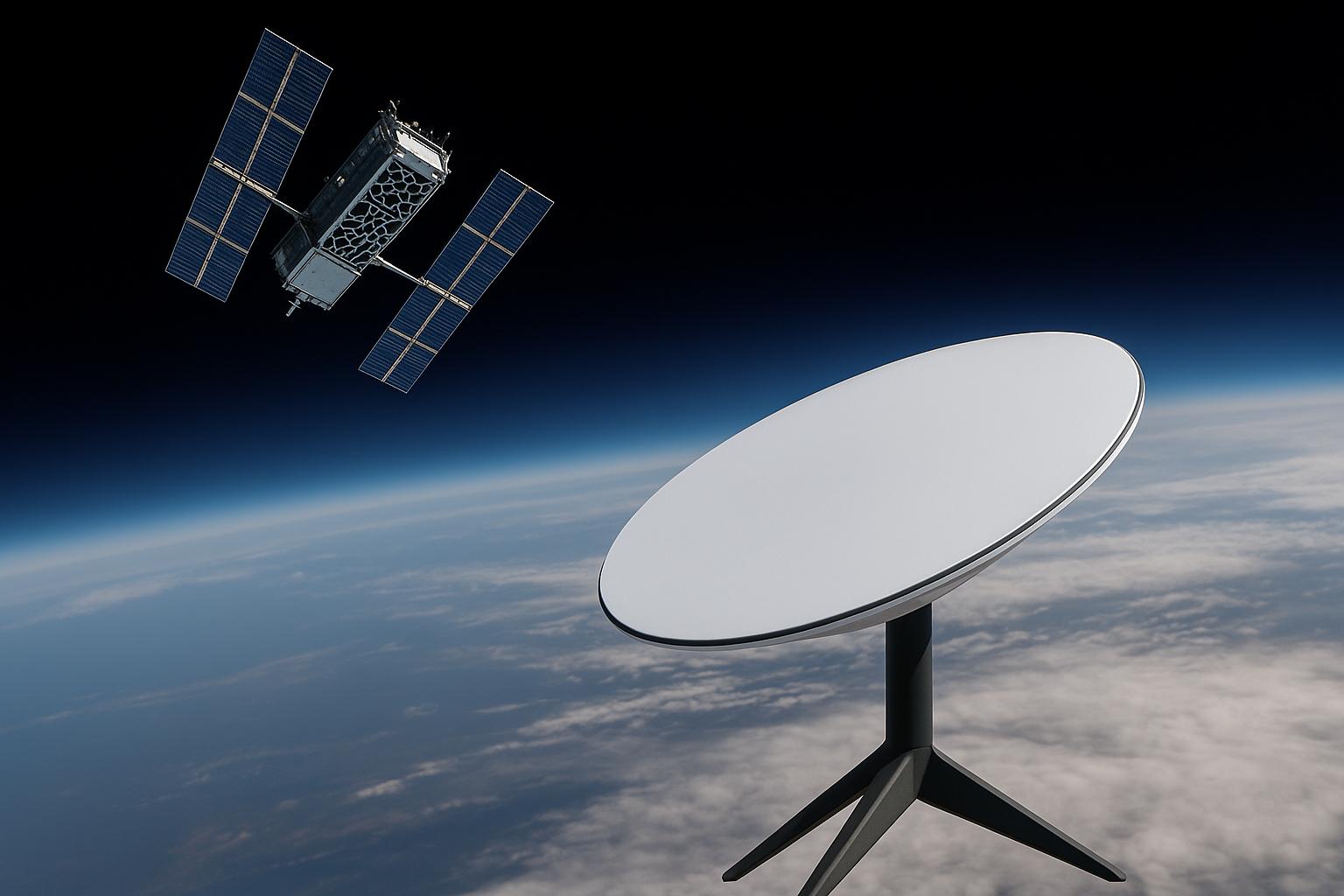
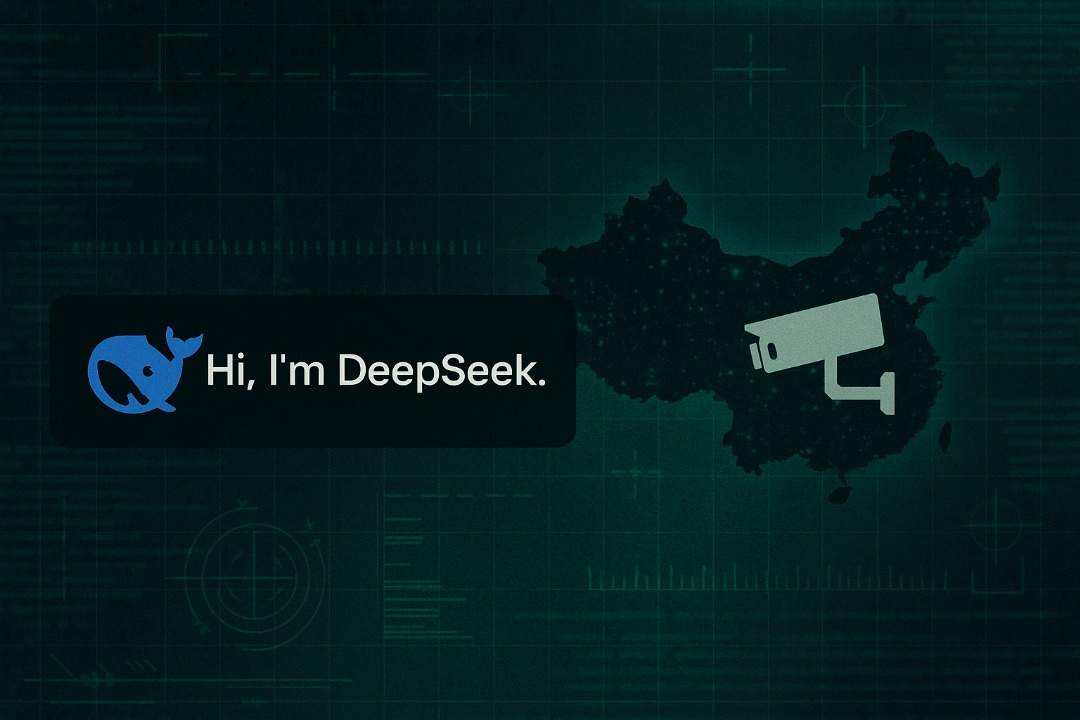
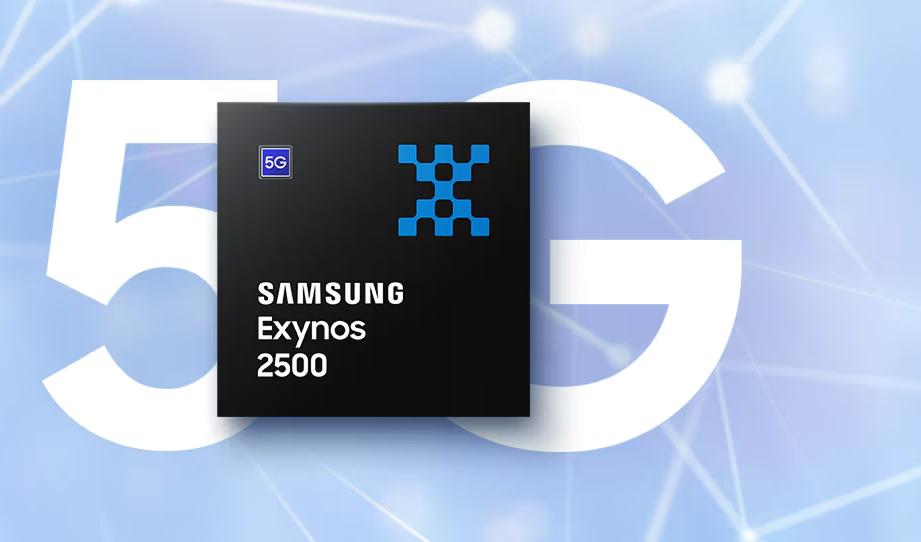

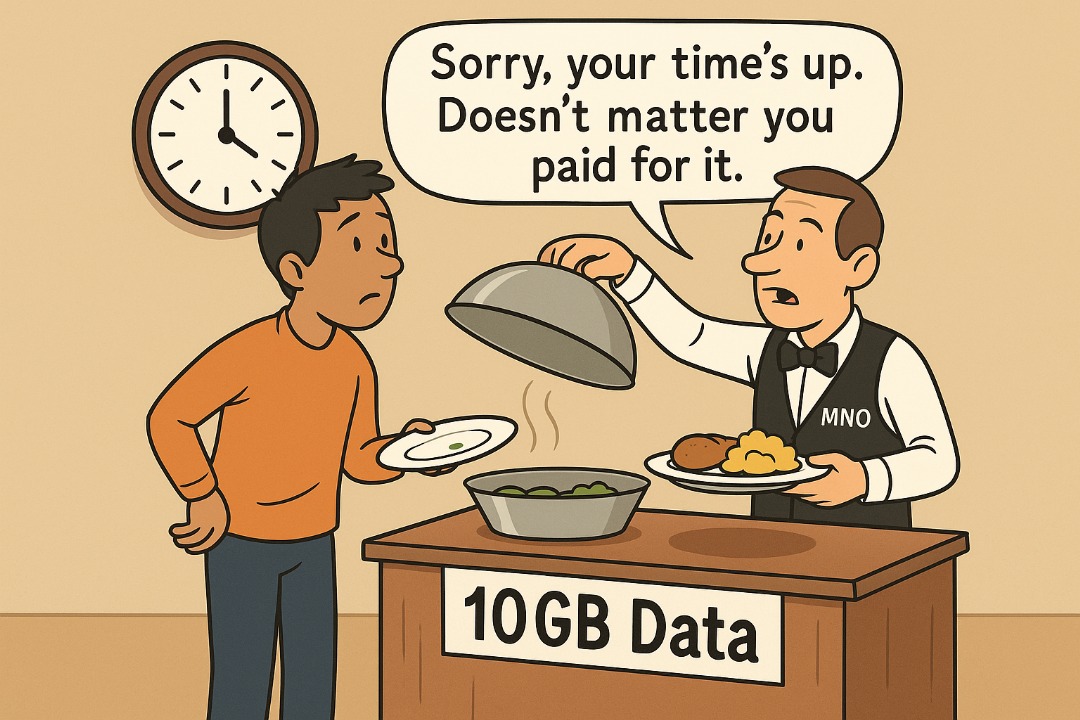

Comments
25 responses
Waal so detailed analysis keep up the good work.
Enjoyed going through the account and analysis.
Blessings.
I have bn using ZOL Wibroniks, with speed less than 3mbps, i can hardly stream a video on youtube & the only time the speed improves to 5mbps is around 12 midnight. Anyone using Wibroniks or alike will definitely ditch to join Starlink. Fiber is not available in many surbubs who actually need it, maybe it because they cant keep up funding infrastructure projects like those. What we can agree on is Starlink will offer an option to potential customers who wanted Fiber but cannot access it from the existing service providers because they dont service our areas, not because people cannot afford but maybe because they dont have enough resources to roll it.
The start up costs of Starlink are the only hinderance as a wibroniks user in Bulawayo I can definately tell you the MNOs should start shivering. The north remembers!
Starlink would become obsolete if both Zol and Telone can attain speeds of up to 200Mbps. The concern is not related to pricing, but rather to the speed performance.
When was the last time you left Harare/Bulawayo? You need to take a trip and then let’s talk again after that.
Tell them. The audacity of thinking a company rolling out across the world can be out done by companies failing to roll out to neighbourhoods in a protected market!
Do you have ZOL and Telone in your rural areas? Lol. Urbanites are not the only Internet consumers.
Your website looks great, and I love it!
I agree. The design is clean which is a big deal.
Its looking fresh for days, only soccer24 is lacking
Well, looks like I have a namesake.
I agree StarLink is not a mobile internet provider even though it’s actually working as one (look at Ukraine).
You seem to have forgotten the fact that there are plans of using Satellites Internet on mobile devices with the latest iPhone (or Apple Phones since they’re ditching the i) having the feature to use StarLink internet (correct me if I’m wrong). I believe there’s an article here about it.
StarLink will definitely make a difference (if we are to work as one). Internet prices will decrease, for a start and there will be more cheaper Internet Cafe’s, even in the most remote areas as you have emphasized. The draw back is of-course the fact that very few will afford it.
As of Facebook, they don’t seem to be doing good these days. The VR blow from Apple, plans to create a Twitter like app, adding new WhatsApp features that are already on Telegram… idk about you.
Current implementation on mobile phones is really limited in capability, with most offering it as an emergency comms solution. Think enhanced SMS when you’re out in the bundu. I guess it will stay that way until someone cracks some of the physics hurdles like antenna design, power and signal propagation. But as my 🔥 English Lit teacher Ms D used to comment, it’s a good start!
Oh well.
What happens when universities, schools, businesses and ngos switch to starlink. Africa also has power issues making star link a good option for the residential market. I buy star link and resell $1 per day in my community or suburb. That’s a major loss of revenue for mno and fixed isp
I beg oo, if you plan on doing that, make sure you have the means of controlling bandwidth usage (in case fair use comes back) and filtering traffic! On that last one, a company I worked for years ago got a knock on the door on behalf of freakin’ INTERPOL because of the sus stuff going through the network (word was that it was CSAM related)
INTERPOL? well that’s cool, I wish I had a visit from INTERPOL
Corporates will most certainly be the first to jump ship! and thats when the the pain for our ISPs will begin. In fact what will stop serious companies from offering starlink home as an executive perk exactly the same way companies pay school fees for their workers? This will give Starlink a firm foothold on the market.
I am not a prophet to foresee coming things but we won’t totally leave our beloved MNOs they will be good for some products but we are not looking for brands here, we are looking for a service that does what it says it does. Speed, reliability, costs, availability and maybe mobility.
I find it funny that the costs for having a Starlink package costs less (roughly 1500USD at most) than Liquid’s installation for Fibre at the Workplace (roughly 2500USD from the nearest connection point)
I say they should be worried. Very worried.
can zanu cut off starlink ? a big no…!!!
Sure Starlink comes with a hefty 600 dollar setup but that’s not going to scare people away , it’s a worthy investment especially when the good packages in Zim go for 100+ a month .
It’s not just limited to rural areas in Zimbabwe and the $600 price assumption is wrong. In Nigeria starlink it offering the kit for just $100 and it will probably be priced the same in other African countries. Pricing is a big deal. Assuming that it is priced at the same as other African countries ~$45. Why would anyone who is in an uncapped Zol plan stay when you can get higher speeds, uncapped at a lower price. And for all of those people that are on any of these capped plans that are paying around that ~30-40 it’s a no brainer to switch because for that extra $10-$15 you are getting higher speeds and no cap.
Hey guys all I have been hearing about is Starlink’s uncapped at 45+, and that’s zuper cheap , I wonder if It also offers Capped and how much would they be ?
Please dont lie that Starlink is not mobile. Why is it being used on aeroplanes, ships even on long distance buses. Please make your research first before you lie to people
By mobile we are refering to access to Starlink on your mobile phone on the move the same way you do with mobile internet via a SIM card. Technically you can use Starlink whilst you are mobile but you need a special kit that requires a stable platform and power. Planes, ships, buses and cars can meet these requirements. But those constraints of moving around with the kit, power requirements and stability requirements heavily restrict just how mobile you can be with it